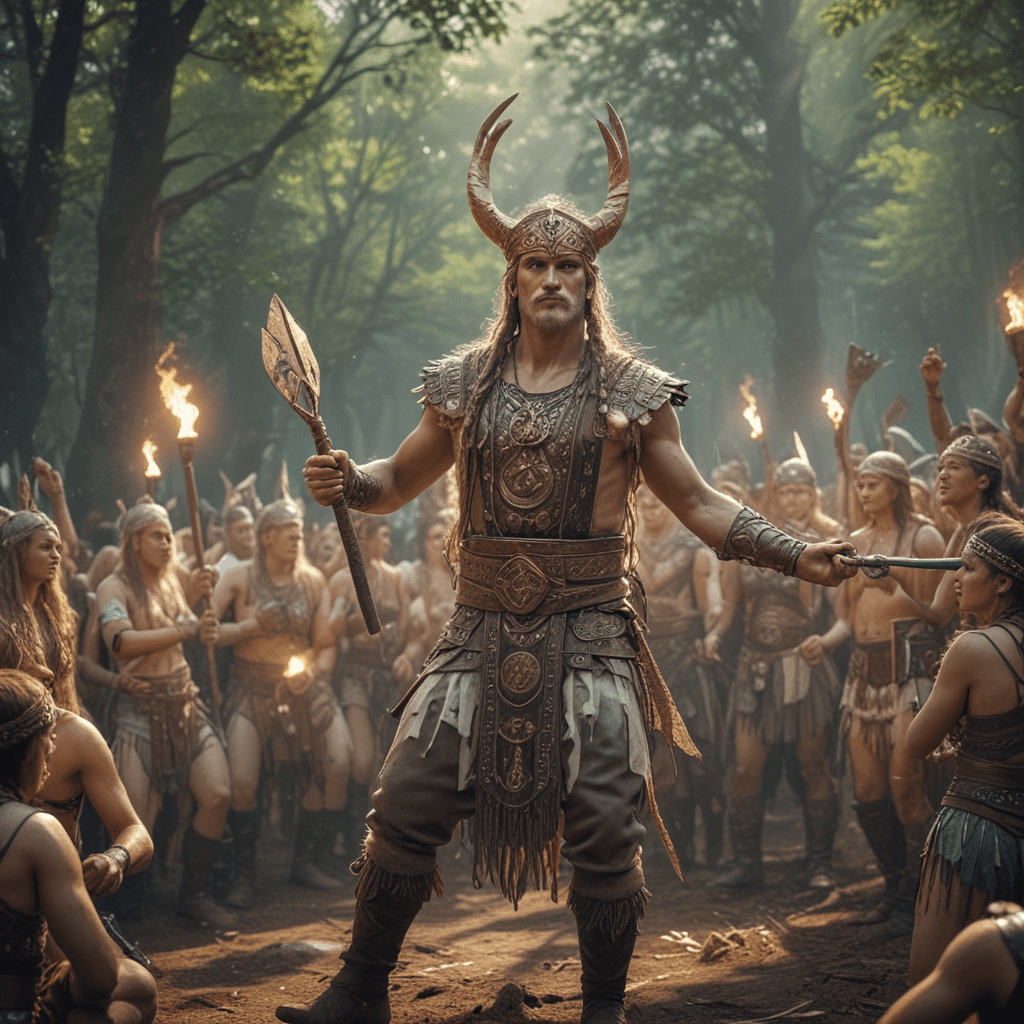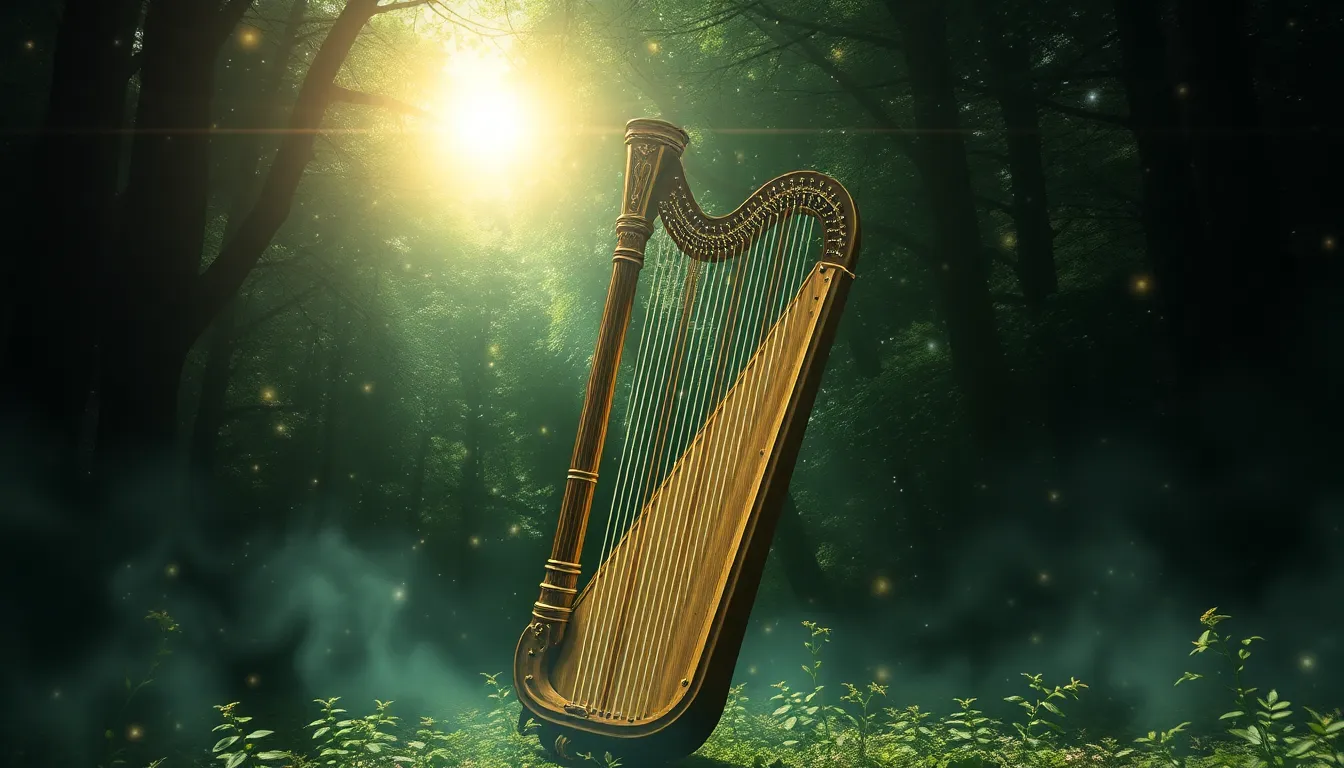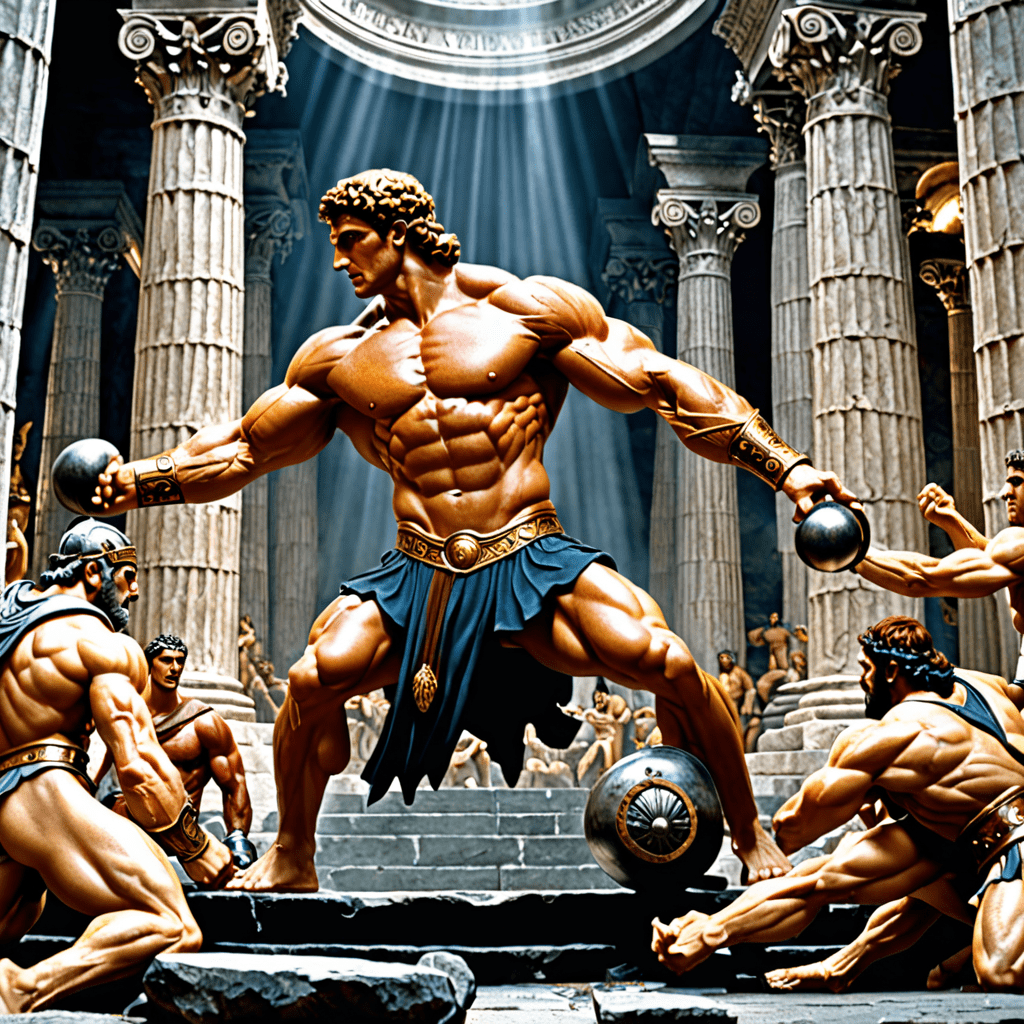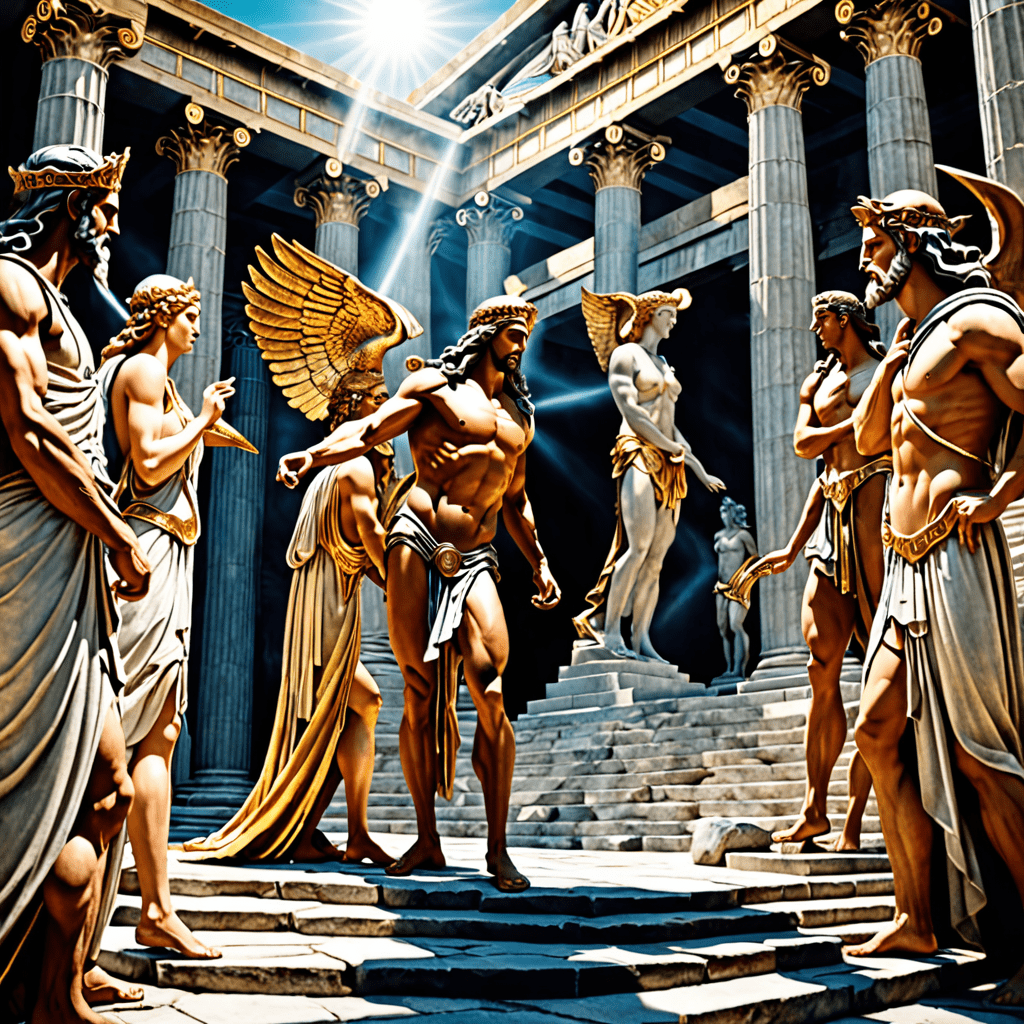Slavic Mythology: Festivals and Celebrations
1. Introduction: The Significance of Rituals and Celebrations in Slavic Culture
Slavic mythology is a rich and diverse tapestry of beliefs and practices that shaped the lives of the ancient Slavs. Central to this mythology were a multitude of festivals and celebrations that marked the changing seasons, honored deities, and celebrated significant events. These rituals were not mere social gatherings but integral parts of Slavic life, deeply connected to their spiritual beliefs and cultural identity.
2. Pre-Christian Slavic Festivals: Roots of Slavic Mythology
The pre-Christian Slavic festivals were deeply rooted in nature worship and agricultural practices. They celebrated the changing seasons, the fertility of the land, and the cyclical nature of life. Festivals like Maslenitsa, Kupala Night, and Koliada were closely tied to the solstices and equinoxes, honoring the natural rhythms and ensuring the well-being of the community.
3. Post-Christian Slavic Festivals: Syncretism and Adaptation
With the advent of Christianity, many Slavic festivals were adapted and syncretized with Christian holidays. This resulted in a unique blend of pagan and Christian elements, creating a hybrid system of beliefs and practices. Festivals like Kupala Night and Koliada continued to be celebrated, albeit with some Christian influences, reflecting the gradual assimilation of new beliefs into the Slavic cultural fabric.
4. Maslenitsa: The Farewell to Winter and Celebration of Spring
Maslenitsa, celebrated in the week leading up to the Eastern Orthodox Lent, marks the end of winter and the arrival of spring. It is a time of feasting, merrymaking, and symbolic rituals aimed at driving away the cold and welcoming the new season of growth and fertility.
5. Kupala Night: The Midsummer Night's Festival
Kupala Night, celebrated on the summer solstice, is a festival of fire, water, and fertility. It is believed that on this night, the boundary between the worlds of humans and spirits becomes thin, allowing for communication and ritual practices. Bonfires are lit, prayers are offered to the gods, and people engage in traditional games and dances.
6. Perun’s Day: Honoring the God of Thunder and War
Perun's Day, celebrated on July 20th, honors the Slavic god of thunder and war. It is believed that on this day, Perun's power is at its peak, and rituals are performed to appease him and protect the community from harm. Offerings are made, prayers are recited, and bonfires are lit to honor the mighty god.
7. Veles’ Day: Paying Tribute to the God of the Underworld
Veles' Day, celebrated on February 11th, pays tribute to Veles, the Slavic god of the underworld and the patron of wealth and cattle. It is believed that on this day, the boundary between the worlds of the living and the dead becomes thin, allowing for communication with the spirits of the ancestors. Rituals are performed to honor Veles and ensure his favor in protecting livestock and bringing prosperity.
8. Koliada: The Winter Solstice Festival
Koliada, celebrated on the winter solstice, marks the shortest day of the year and the beginning of the return of light. It is a time of feasting, gift-giving, and symbolic rituals to ensure the sun's return and the triumph of good over evil. Bonfires are lit, carols are sung, and people engage in traditional games and dances to celebrate the coming of the new year.
9. Radegast’s Day: Celebrating the God of Hospitality and War
Radegast's Day, celebrated on June 29th, honors Radegast, the Slavic god of hospitality and war. It is believed that on this day, Radegast's power is at its strongest, and rituals are performed to ensure his protection and favor. Feasts are held, mead is drunk, and warriors engage in mock battles to honor the god's dual nature.
10. Conclusion: The Enduring Legacy of Slavic Festivals and Celebrations
The festivals and celebrations of Slavic mythology continue to be celebrated in many Slavic countries today, albeit in adapted forms. They serve as a testament to the rich cultural heritage of the Slavic people and their deep connection to the natural world and the divine. These rituals embody the beliefs, values, and traditions that have shaped Slavic culture for centuries, ensuring the enduring legacy of their mythological past.
FAQ
Q: What is the significance of festivals and celebrations in Slavic mythology?
A: Festivals and celebrations were integral to Slavic life, marking the changing seasons, honoring deities, and ensuring the well-being of the community.
Q: How did Slavic festivals change after the advent of Christianity?
A: Many Slavic festivals were adapted and syncretized with Christian holidays, resulting in a unique blend of pagan and Christian elements.
Q: What are some of the most important Slavic festivals?
A: Maslenitsa, Kupala Night, Perun's Day, Veles' Day, Koliada, and Radegast's Day are among the most significant Slavic festivals.
Q: How are Slavic festivals celebrated today?
A: While some Slavic festivals are no longer widely celebrated, others have been adapted and continue to be observed in Slavic countries, often with a blend of traditional and modern elements.




